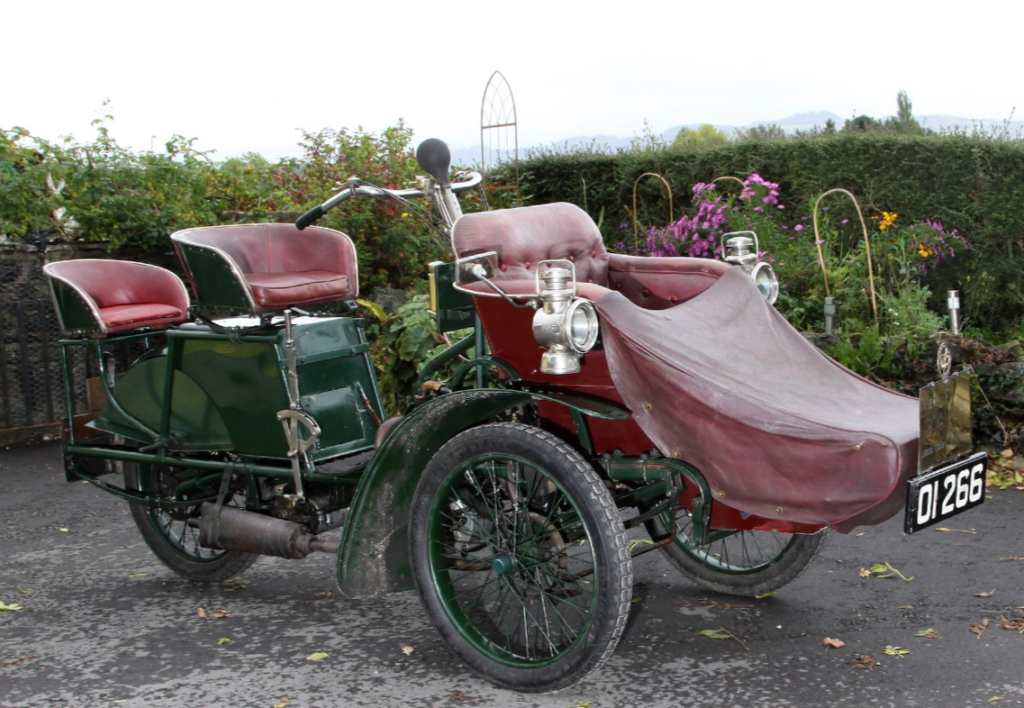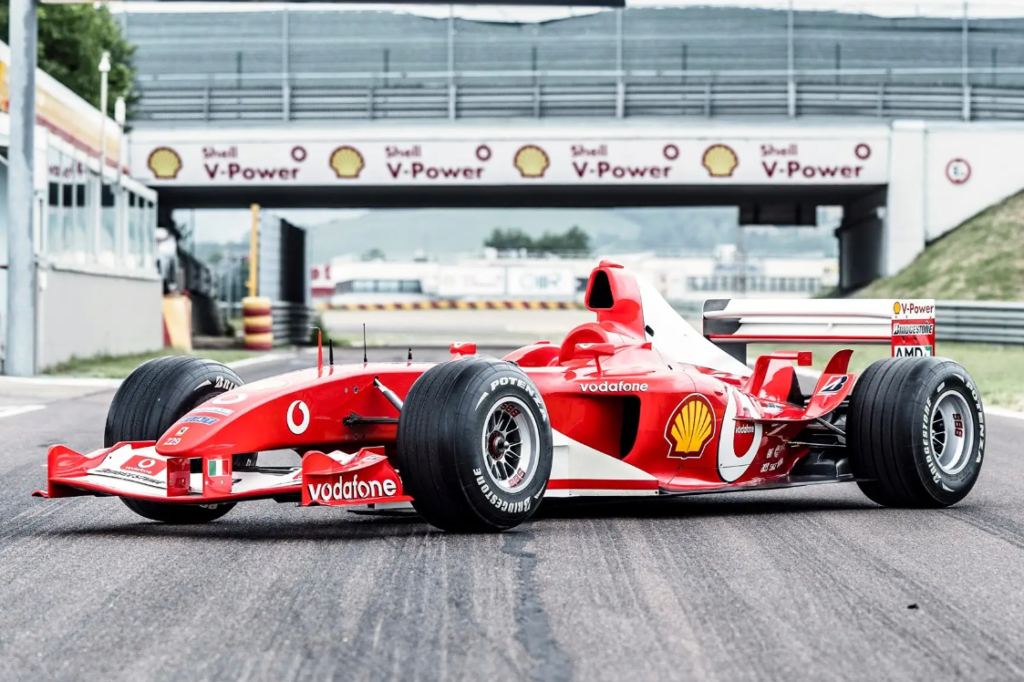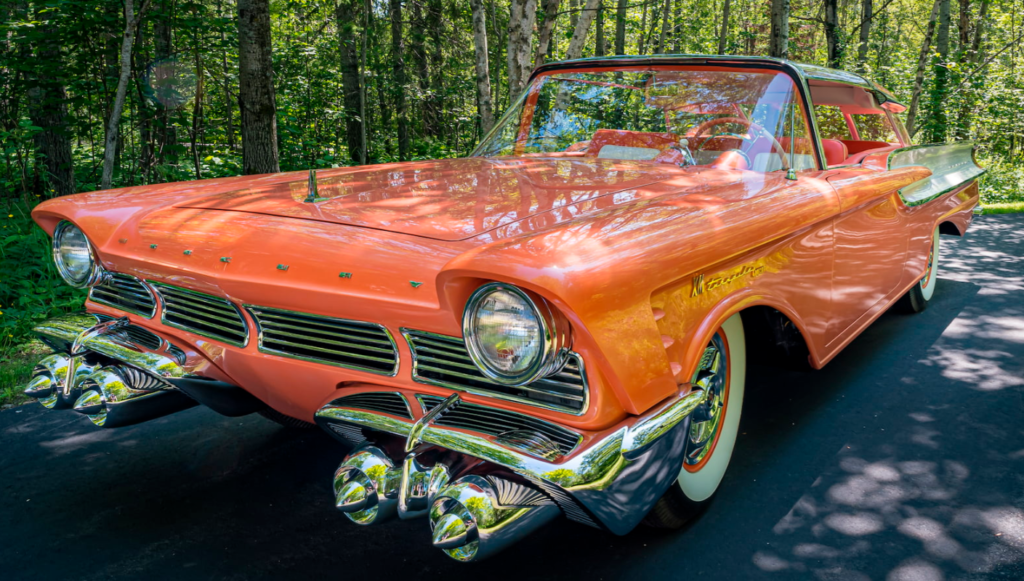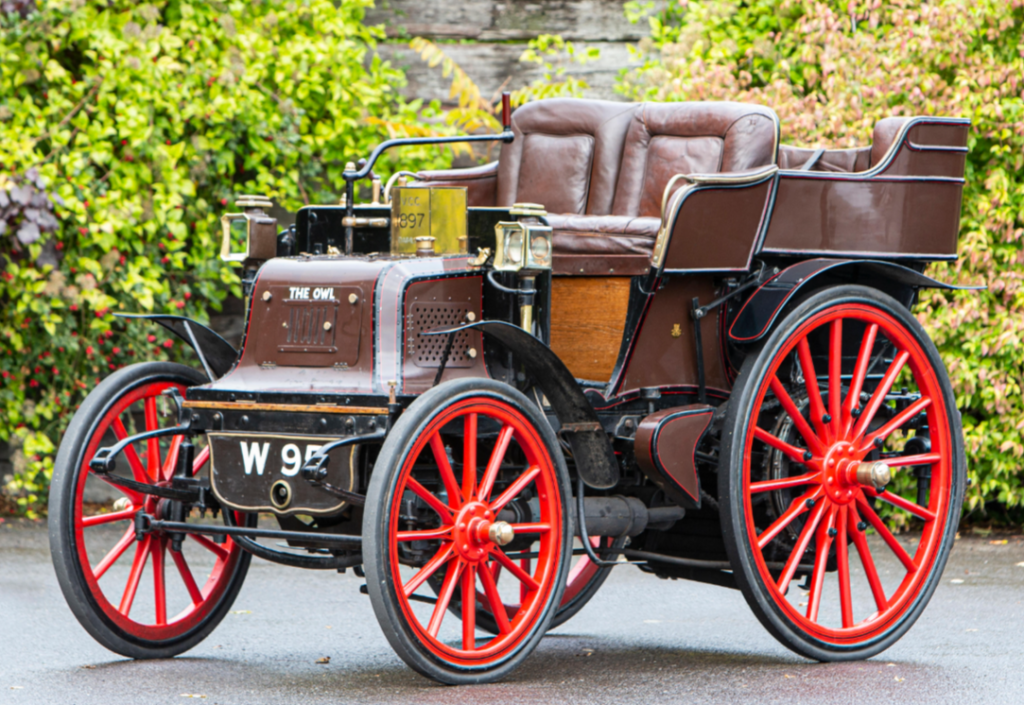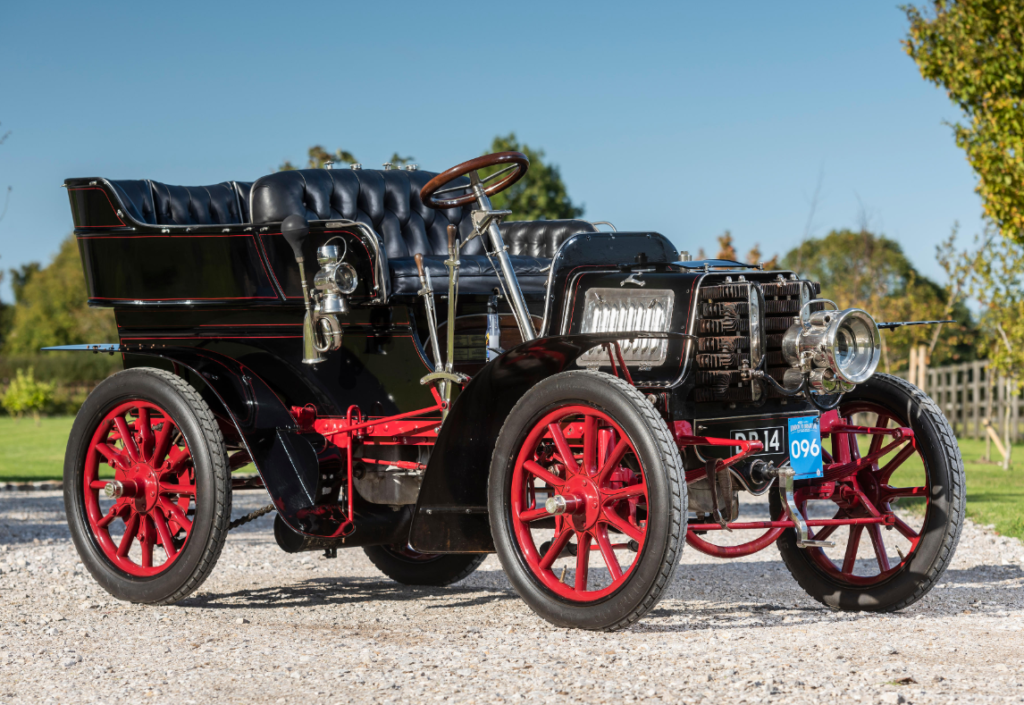1907 Northern Type C Touring
Offered by Bonhams | London, U.K. | November 4, 2022
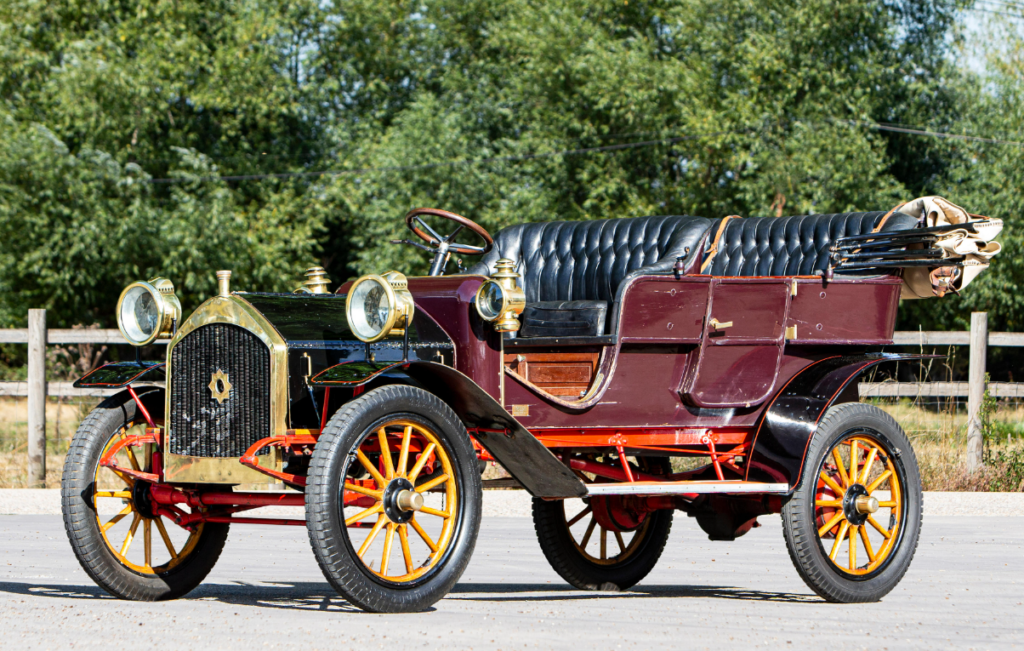
The Northern Manufacturing Company was founded by Charles King and Jonathan Maxwell, both of whom had previously worked for Oldsmobile. Their first cars, powered by singles, were sold in 1902. Twins followed in 1904, and four-cylinder cars would join the lineup in 1906.
The Type C was offered in 1906 and 1907 as the two-cylinder offering. The flat-twin here made 20 horsepower when new. This is a fairly large car for just two cylinders. They also built a five-passenger limousine in this model range, in addition to a runabout and another touring car.
Northern merged with the Wayne Automobile Company in 1908, and the combined company was quickly acquired by E-M-F. Maxwell had left in 1903 (to form Maxwell, which would become Chrysler), and King left after the acquisition and would form his own eponymous company. Studebaker would purchase E-M-F a few years later.
We’ve featured a few single-cylinder Northern runabouts before, but this is the first “big” Northern on this site. It should sell for between $21,000-$25,000. Click here for more info.
Update: Sold $54,107.


